THIS CONTENT IS BROUGHT TO YOU BY NIBIO - Norwegian Institute of Bioeconomy Research - read more

New method allows pigs, chickens, and fish to eat grass and algae
Green biorefining of grass and algae can provide Norway with domestically produced protein feed that is comparable to imported soy from Brazil.
Currently, grass is mainly used directly as animal feed for cows and other ruminants. These animals have multi-compartmental stomachs specialised in breaking down plant fibres.
Animals with only one stomach cannot break down grass to a level where proteins and energy are released from the cell membrane.
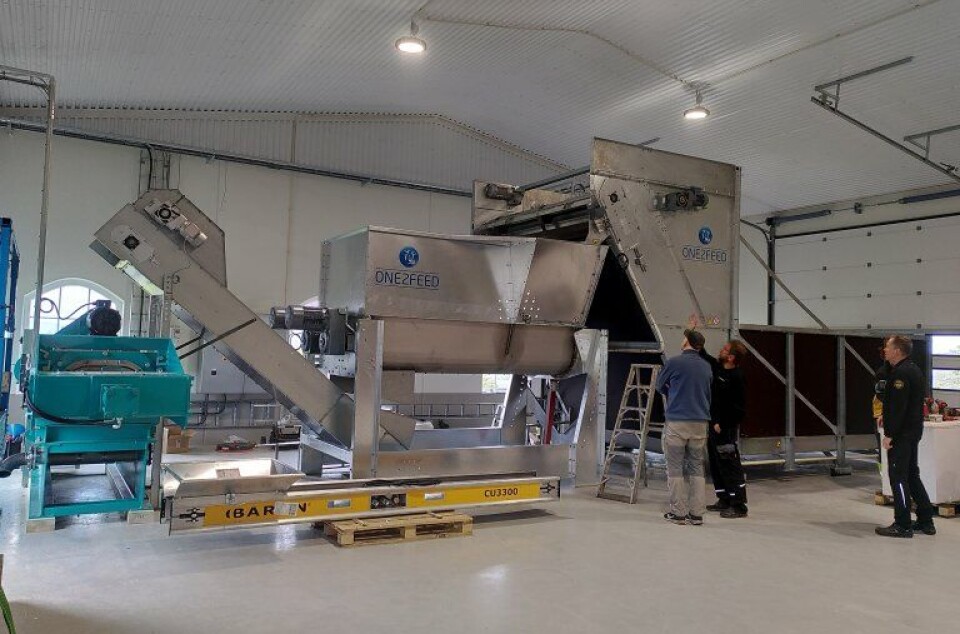
This is where green biorefining comes in as a sort of chewing assistant.
In the biorefining process, plants undergo a rough treatment in a screw press. This releases the valuable nutrients from plant cells, allowing proteins to be concentrated into protein feed. This is digestible even for single-stomached animals like poultry, pigs, and fish.
Green biorefining could make Norway more self-sufficient
NIBIO recently opened Norway’s first pilot facility for green biorefining at the Tuv Research Farm.
“Over 50 per cent of agricultural production in Norway is grass. At the same time, we have a lot of seaweed along the Norwegian coast, with up to 30 per cent protein content. We envision developing the facility along these two lines,” Audun Korsæth said during the opening of the green biorefinery.
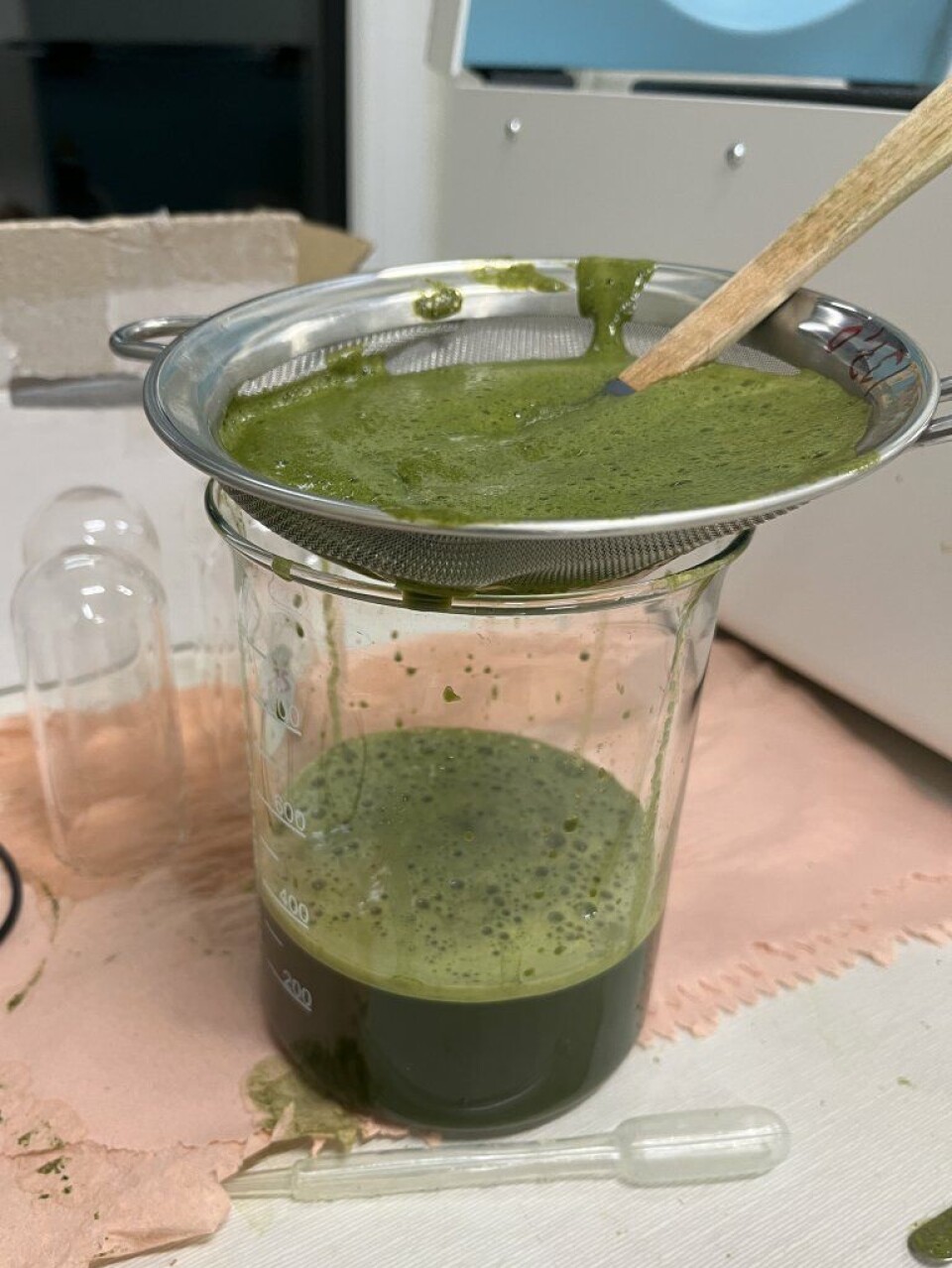
He is the Director of the Division of Food Production and Society at NIBIO.
Korsæth emphasised that the combination of grass and algae would allow the facility to be utilised for a larger part of the year.
“There's a great need for new feed materials in the future, both in the fish farming industry and in chicken and other livestock production,” says Gjermund Bahr, senior adviser at NIBIO's Department of Biomarine Resource Valorisation.
Bahr has a background in the aquaculture industry. He points out that the biorefining process releases many nutrients that match the needs of the aquaculture industry for feed.
Building on experience from Denmark
The facility was developed in collaboration with researchers from Aarhus University, Denmark. They have already established a demonstration facility and contributed to developing two commercial facilities in Denmark.
The Danish researchers already have several exciting results from trials with animal feed for chickens and pigs.
“In a feeding trial with pigs, we tested a concentrate based on grass with 47 per cent crude protein. The trial showed that we can add up to 15 per cent of this in pig feed without any issues with meat quality,” says researcher Lene Stødkilde-Jørgensen from Aarhus University.
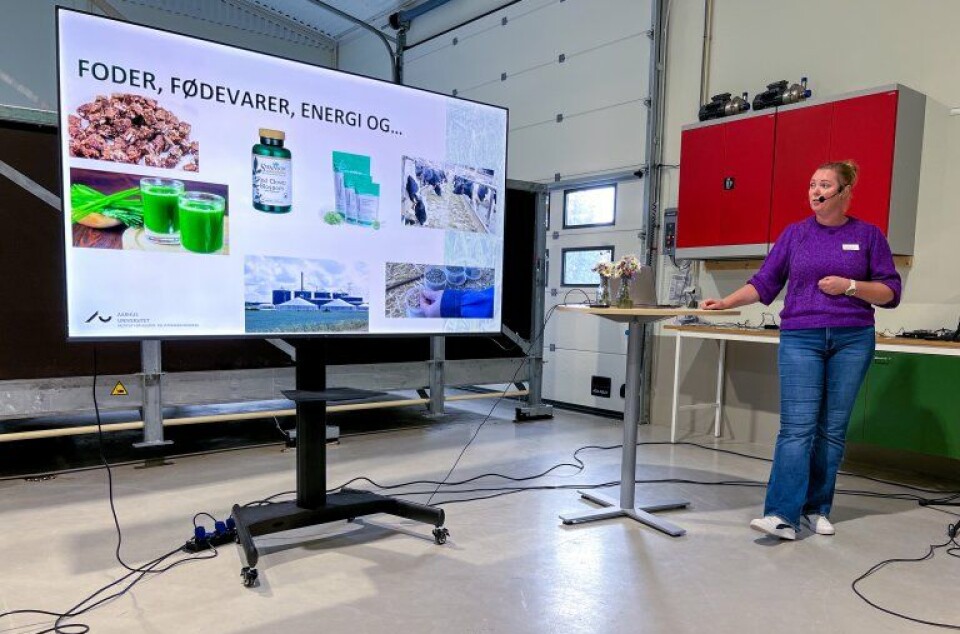
In more recent trials, they have confirmed that soy can be replaced without problems.
Feeding trials with chickens and cattle
Researchers at NIBIO are also conducting feeding trials with partners in the One Crop Two Diets project.
Dairy cows at Mære Agricultural School have been fed pulp, which is the fibrous pressed residue left at the end of the biorefining process.
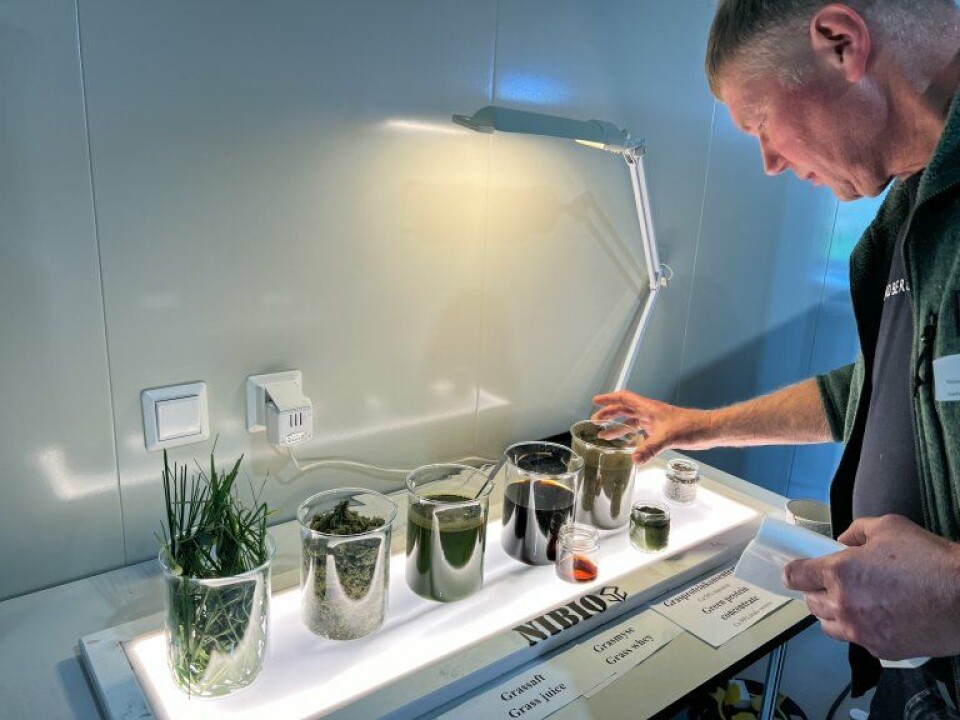
“We expect that the cows will produce the same amount of milk regardless of whether they are fed pulp or regular silage," says Haldis Kismul.
He is a researcher at NIBIO's Department of Grassland and Livestock.
"However, we think cows eating pulp will need less time to ruminate in order to fully digest their feed, which could either reduce the need for concentrated feed in the dairy cow diet or result in the animals belching less and thus releasing less methane,” he says.
The challenges: volume, quality, and economy
More research is needed before feed production from green biorefinery may be economically viable.
In Denmark, grass protein is still two to three times more expensive than imported soy.
“In terms of concentrated feed, we lack protein, especially for chickens. The challenge is that feed factories need large volumes of consistent quality, and we need to produce feed that is economically viable for farmers to use,” says Kari Ljøkjel.
She is the managing director of Felleskjøpet Feed Development, one of the participants in the One Crop Two Diets project.
Researchers also want to explore how it might be possible to create new high-value products from what remains after the most valuable protein concentrate has been extracted from the biorefinery process.
Steffen Adler is a researcher at NIBIO's Department of Grassland and Livestock and the project leader for One Crop Two Diets. He is optimistic about the research opportunities that the new facility presents.
“This facility will be important for national and international research projects. It could also serve as a demonstration plant for collaboration with industry. I'm very excited to see what we can achieve in the coming years," he says.
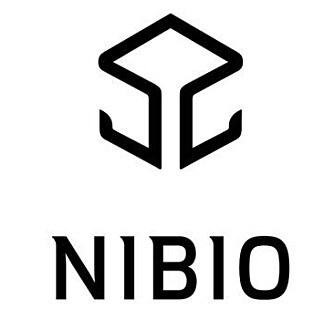
This content is paid for and presented by NIBIO - Norwegian Institute of Bioeconomy Research
This content is created by NIBIO's communication staff, who use this platform to communicate science and share results from research with the public. NIBIO is one of more than 80 owners of ScienceNorway.no. Read more here.
More content from NIBIO:
-
This colourful bird is thriving in Norway
-
Can drone-mounted tree planting replace manual tree planting?
-
Light traps can tell us more about nocturnal moths
-
Climate change and land use threaten Sámi reindeer husbandry
-
Researchers are now going to monitor carbon in forest and grassland soils
-
Nine facts about Norwegian agriculture








































